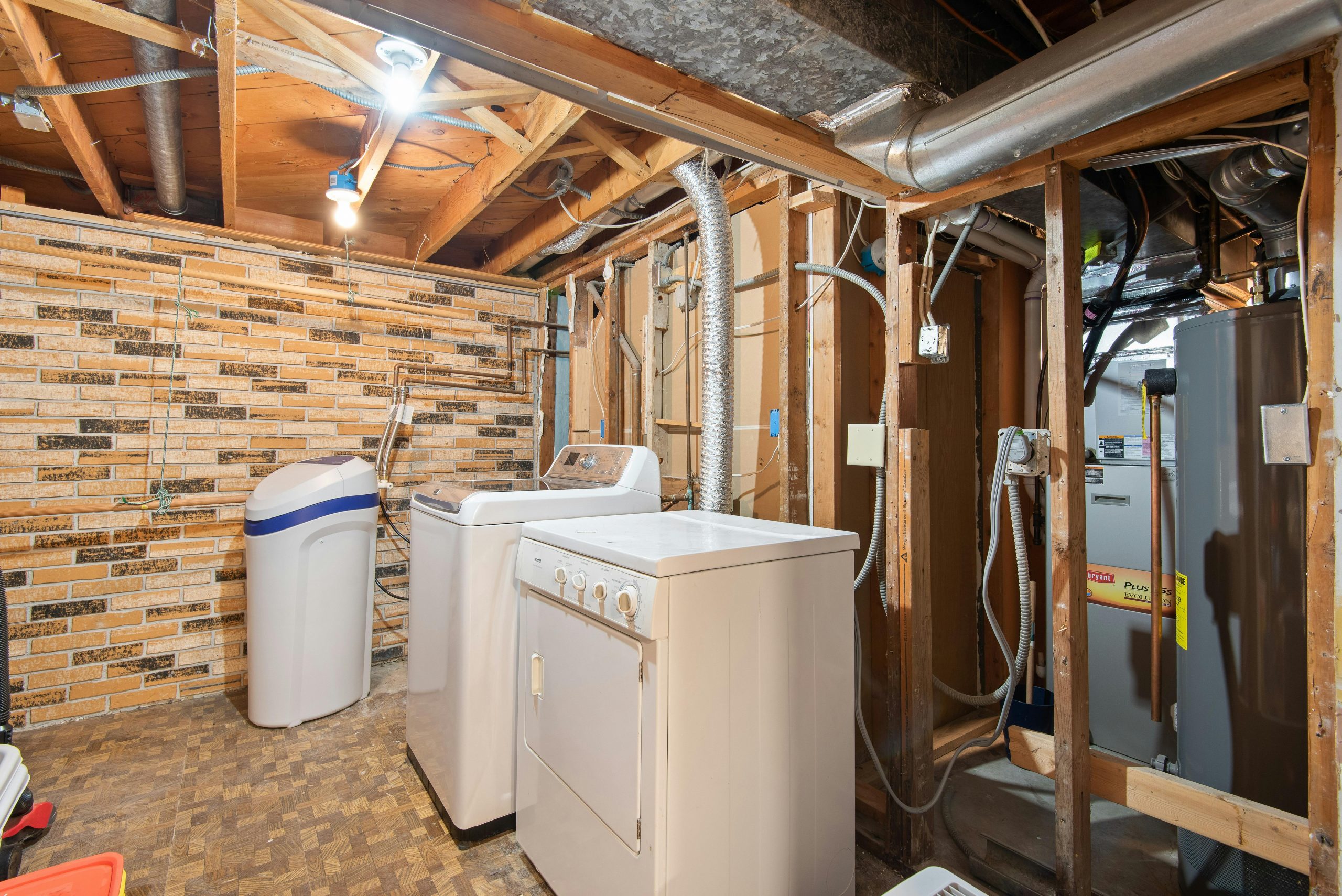Waiting for hot water can be frustrating—especially when you need a shower, run the dishwasher, or start laundry. The time it takes for a water heater to heat up depends on several factors, including the type of water heater you have, its capacity, and the temperature rise required. Understanding these factors can help you troubleshoot problems, improve efficiency, and make better decisions when it’s time for a replacement. In this article, we’ll break down average heat-up times, explain what affects them, and share practical tips to get hot water faster.
Average Heat-Up Times by Water Heater Type

Different water heaters work in different ways, and that directly affects how long it takes for them to provide a full tank of hot water. Below is a general overview of typical recovery times for common water heater types:
| Water Heater Type | Average Heat-Up Time | Notes |
| Gas Storage Tank | 30–40 minutes | Faster because of powerful burners |
| Electric Storage Tank | 60–80 minutes | Slower because heating elements work gradually |
| Tankless | Instant (15–30 sec to tap) | Provides continuous hot water |
| Hybrid/Heat Pump | 60–120 minutes | Varies based on mode and size |
Gas water heaters are the fastest option among storage tanks. Natural gas burns hotter and can reheat a full tank in about half the time of an electric model. Electric water heaters rely on one or two heating elements that work more slowly, which is why recovery time is usually over an hour. Tankless models, also called on-demand heaters, don’t store water at all. They heat it as it passes through the unit, providing virtually endless hot water but with a short delay before it reaches the faucet.
What Factors Affect Heat-Up Time?
Several variables determine how long you’ll wait for hot water, even if your water heater is working perfectly. Understanding these can help you decide whether the wait time is normal or if your heater may need maintenance or an upgrade.
- Tank Size: Larger tanks require more time to heat because there’s simply more water to warm up.
- First-Hour Rating (FHR): A measure of how much hot water the heater can deliver in an hour, combining storage and recovery.
- Fuel Source: Gas models typically heat faster than electric models due to the higher heat output of burners.
- Incoming Water Temperature: The colder the groundwater, the longer it takes to reach your set temperature. This is why recovery time can be slower in winter.
- Thermostat Setting: A higher temperature setting means the heater must work longer to reach the target.
- Sediment Buildup: Minerals in water can settle at the bottom of a tank, forming a layer that insulates the water from the heating element or burner.
- Age & Efficiency: Older water heaters often have worn parts or reduced efficiency, which can increase heating time.
If you notice a sudden change in heat-up time, it could mean sediment buildup or a failing component. Addressing these issues early can prevent bigger problems and higher energy bills.
How to Calculate Heat-Up Time for Your Tank
If you want a rough estimate of how long your specific water heater takes to heat up, you can do a simple calculation:
- Check Your Tank Size: The capacity (in gallons) is printed on the manufacturer’s label.
- Find the BTU (Gas) or Wattage (Electric): Higher output means faster heating.
- Determine Temperature Rise Needed: Subtract incoming water temperature (often around 50–60°F) from your desired temperature (typically 120°F).
- Refer to Manufacturer Recovery Charts: These charts give you the gallons-per-hour recovery rate based on temperature rise.
For example, a 40-gallon gas water heater with a 40,000 BTU burner will typically heat water in about 30–40 minutes assuming a 70°F temperature rise. Electric units may take twice as long to recover under the same conditions.
How Long Until Hot Water Reaches the Tap?

Even after the water is hot in the tank, there’s often a delay before it comes out of your faucet. This delay depends on the distance between the heater and the fixture. The longer the pipe run, the more cooled water must be flushed out before hot water arrives.
- Short Runs (5–10 feet): Hot water may arrive within 10–20 seconds.
- Medium Runs (10–30 feet): Expect 20–40 seconds of delay.
- Long Runs (30+ feet): Wait times can exceed a minute, especially in larger homes.
One way to reduce this wait is to install a hot water recirculation pump. These systems keep hot water circulating through your pipes, meaning it’s ready at the tap almost immediately. Another simple step is insulating your hot water pipes to reduce heat loss between uses.
How to Get Hot Water Faster
If you’re tired of waiting for hot water, there are practical solutions that can dramatically cut down the time it takes for hot water to reach your tap. Some involve simple maintenance, while others may require a one-time upgrade. Here’s a deeper look at your options:
- Install a Recirculation Pump: A recirculation pump keeps hot water moving through your plumbing system so you have near-instant access when you turn on the faucet. Some systems run continuously, while others are on-demand or controlled by timers, allowing you to save energy while reducing wait times.
- Upgrade to a Tankless Heater: Tankless water heaters, also called on-demand units, heat water only when you need it. This eliminates recovery time completely and ensures an endless supply of hot water for showers, laundry, and dishwashing. Although the upfront cost is higher, tankless units are energy-efficient and last longer than traditional tanks.
- Insulate Hot Water Pipes: Hot water loses heat as it travels through long pipe runs, especially in unheated basements or crawl spaces. Wrapping pipes with inexpensive foam insulation helps water stay hot, reducing the time it takes to reach your fixtures and preventing wasted energy.
- Flush the Tank Regularly: Sediment buildup is a common reason tanks heat more slowly. Draining and flushing the tank once or twice a year removes mineral deposits, restoring heating efficiency and extending the life of your water heater.
- Adjust the Thermostat: If your water heater is set too low, it will take longer to reach a comfortable temperature. Setting the thermostat to around 120°F provides a good balance of safety, comfort, and efficiency. Avoid going too high, as temperatures over 140°F can cause scalding and waste energy.
Combining these steps can make a significant difference in daily comfort. Homeowners who add a recirculation pump and insulate their pipes often see the biggest improvement. Not only will these upgrades deliver hot water faster, but they also reduce water waste, lower utility bills, and help your water heater last longer.
Energy Efficiency Tips That Affect Heating Time
Being energy-conscious doesn’t mean you have to put up with long wait times. Here’s how to balance speed with efficiency:
- Choose a High-Efficiency Heater: Look for ENERGY STAR® rated models that heat water quickly while using less energy.
- Use Low-Flow Fixtures: Reduces the amount of hot water needed per use, helping the tank recover faster.
- Space Out Hot Water Usage: Stagger showers, dishwashing, and laundry to avoid completely draining the tank at once.
- Use Insulation Jackets: For older water heaters, an insulating blanket can retain heat and shorten recovery times.
- Take Advantage of Vacation Mode: If you’re away, lower the temperature setting to save energy without affecting future heating performance.
Troubleshooting Slow Water Heating
If your water heater is taking much longer than usual to heat up, it may need maintenance or repairs. Some common causes include:
- Burner or Heating Element Failure: A faulty burner (gas) or burned-out element (electric) reduces heating capability.
- Sediment Buildup: Drain and flush the tank annually to remove mineral deposits.
- Faulty Thermostat: A bad thermostat can prevent the unit from reaching the correct temperature.
- Undersized Tank: If your family’s needs have increased, your current tank may no longer be sufficient.
If DIY fixes don’t help, contact a licensed HVAC or plumbing professional for a thorough inspection.
When to Consider Upgrading Your Water Heater
Even with regular maintenance, all water heaters eventually need replacement. Consider an upgrade if:
- Your water heater is 10–12 years old or older.
- You run out of hot water frequently.
- You notice rusty water, leaks, or unusual noises.
- Your energy bills keep climbing despite normal usage.
Modern water heaters are more efficient, recover faster, and come with features that improve safety and convenience, like digital temperature controls and self-cleaning mechanisms.
Conclusion
Knowing how long it takes for your water heater to heat up allows you to plan showers, laundry, and other activities without running out of hot water. If wait times are too long, routine maintenance such as flushing sediment, adjusting the thermostat, and insulating pipes can make a big difference. When maintenance isn’t enough, upgrading to a larger tank or switching to a tankless system can give you faster recovery times and greater efficiency.
By understanding your water heater’s capabilities and keeping it in good condition, you can enjoy consistent hot water, save energy, and extend the life of your system.